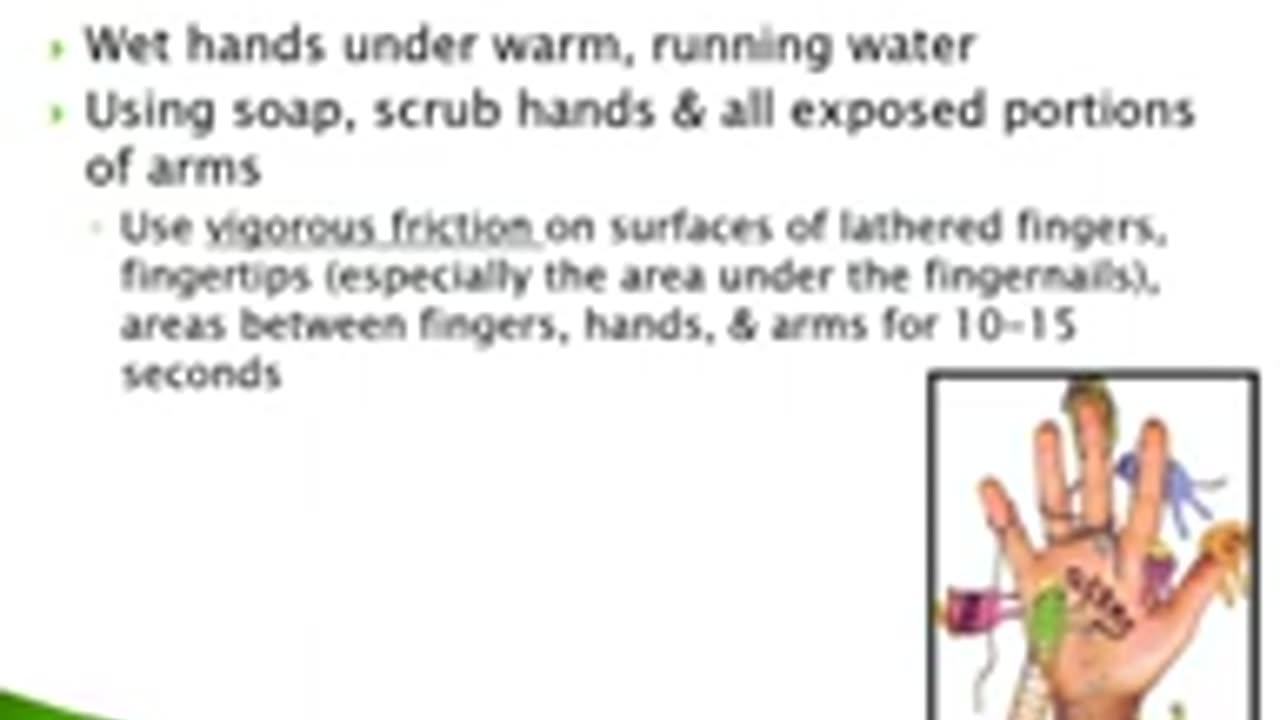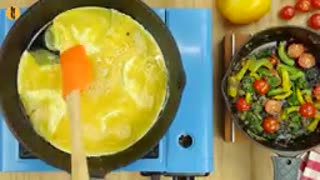Premium Only Content

PART 3_ FDHU FOOD SAFETY FOR FOOD SERVICE EMPLOYEES PART 3_
### **FDHU Food Safety for Food Service Employees - Part 3: Specialized Topics and Continuous Improvement**
Part 3 typically dives deeper into specialized areas of food safety, industry-specific practices, and strategies for maintaining long-term food safety standards.
---
### **1. Food Safety for Specific Food Service Environments**
- **Catering and Event Services:**
- Safe transportation of food (hot and cold holding).
- Temporary food service setups and portable kitchens.
- **Buffets and Self-Service Areas:**
- Managing food temperatures in holding stations.
- Preventing contamination from customers (e.g., sneeze guards, utensils).
- **High-Risk Facilities:**
- Special considerations for hospitals, nursing homes, and schools.
- Serving immunocompromised individuals safely.
---
### **2. Advanced Cleaning and Sanitization Practices**
- **Deep Cleaning Procedures:**
- Weekly and monthly cleaning schedules for hard-to-reach areas.
- Cleaning equipment such as meat slicers, fryers, and refrigerators.
- **Chemical Safety:**
- Proper use, storage, and labeling of cleaning agents.
- Ensuring MSDS (Material Safety Data Sheets) are accessible.
- **Verifying Sanitization Effectiveness:**
- Use of test strips to measure sanitizer concentration.
- Ensuring compliance with local health codes.
---
### **3. Handling Specialized Foods**
- **Raw or Undercooked Foods:**
- Serving items like sushi, rare meat, or eggs safely.
- Informing customers of risks with clear labeling and menu disclaimers.
- **Fermented or Cured Foods:**
- Controlling conditions for safe fermentation or curing.
- Monitoring pH levels, salt concentration, and time.
- **Custom or Unique Foods:**
- Managing foods like plant-based alternatives, lab-grown meats, or culturally specific dishes.
---
### **4. Technology in Food Safety**
- **Digital Monitoring Systems:**
- Using automated systems to track temperatures and inventory.
- Benefits of cloud-based HACCP tracking.
- **Mobile Apps and Tools:**
- Apps for allergen tracking, recipe management, and inspection preparation.
- **Traceability and Blockchain:**
- Tracking food from farm to table.
- Ensuring supply chain transparency.
---
### **5. Sustainability and Food Safety**
- **Reducing Food Waste:**
- Safe practices for repurposing leftovers.
- Donation programs and legal considerations.
- **Sourcing Locally and Sustainably:**
- Verifying local suppliers meet safety standards.
- Managing risks associated with farm-to-table practices.
- **Eco-Friendly Packaging:**
- Selecting packaging that minimizes contamination and waste.
---
### **6. Leadership and Food Safety Culture**
- **Building a Food Safety Culture:**
- Encouraging employee buy-in through education and incentives.
- Recognizing and rewarding safe practices.
- **Continuous Training and Development:**
- Regular refresher courses and advanced certifications.
- Keeping up with changes in food safety regulations.
- **Managing Diverse Teams:**
- Communicating effectively with staff from different cultural and linguistic backgrounds.
---
### **7. Innovations and Future Trends in Food Safety**
- **AI and Machine Learning:**
- Predicting food safety risks and improving compliance.
- **3D Food Printing and New Technologies:**
- Ensuring safe handling and preparation of printed foods.
- **Globalization and Food Safety Standards:**
- Harmonizing practices across international suppliers.
---
Let me know if you'd like more information on a specific topic, or if you’d like this content formatted into a guide, presentation, or training manual!
-
 6:54
6:54
HSESafetyInformation
6 months ago6 Must Try Breakfast recipes By Food Fusion
351 -
 25:38
25:38
The Rubin Report
4 hours agoRemembering Charlie Kirk & 9/11
251K50 -
 1:00:32
1:00:32
VINCE
6 hours agoRest In Peace Charlie Kirk | Episode 123 - 09/11/25
424K370 -
 LIVE
LIVE
LFA TV
9 hours agoLFA TV ALL DAY STREAM - THURSDAY 9/11/25
3,410 watching -
 LIVE
LIVE
Bannons War Room
6 months agoWarRoom Live
6,910 watching -
 25:21
25:21
The Shannon Joy Show
3 hours agoA message of encouragement and a call for faith and unity after the tragic killing of Charlie Kirk
90.1K15 -
 1:31:37
1:31:37
The Big Mig™
4 hours agoIn Honor Of Charlie Kirk, Rest In Peace 🙏🏻
70.5K18 -
 1:36:35
1:36:35
The White House
6 hours agoPresident Trump and the First Lady Attend a September 11th Observance Event
141K53 -
 1:38:49
1:38:49
Dear America
6 hours agoWe Are ALL Charlie Now! This Isn’t The End. We Will FIGHT FIGHT FIGHT
212K211 -
 2:09:21
2:09:21
Badlands Media
13 hours agoBadlands Daily: September 11, 2025
84.6K26